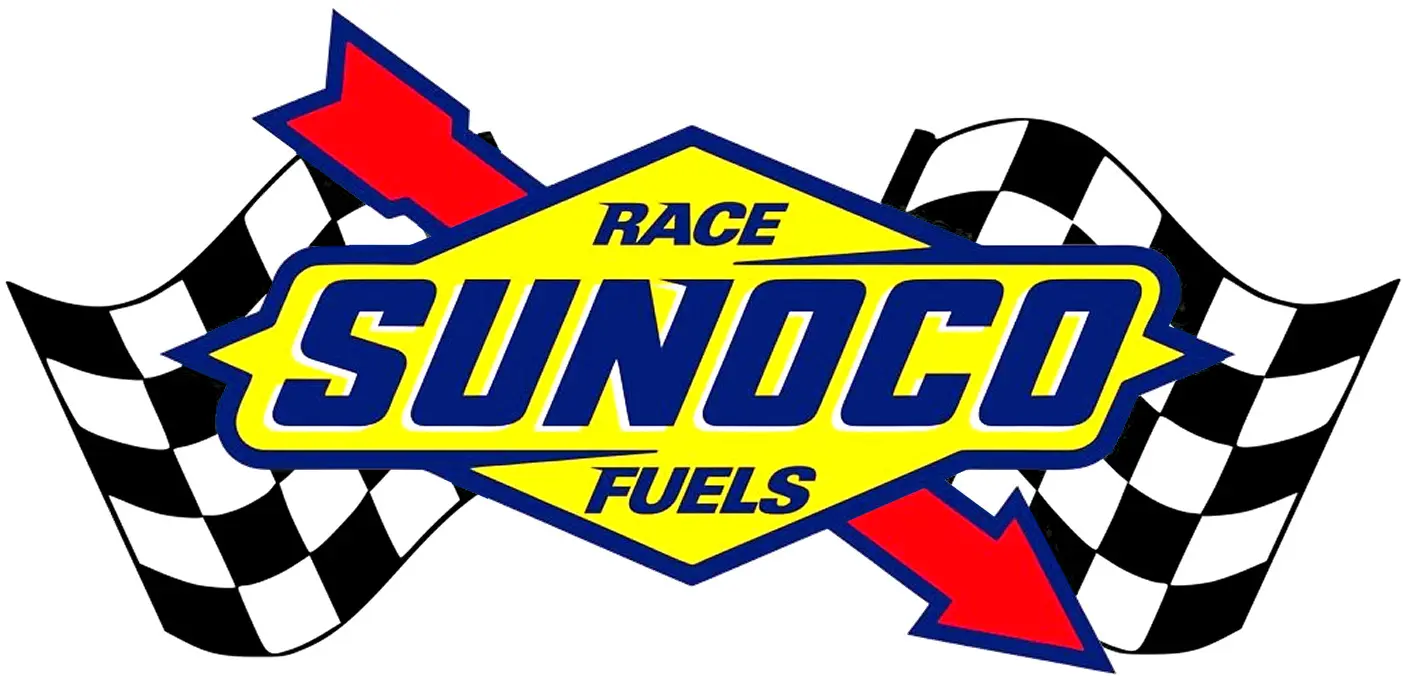Software Localization Services
GTS helps our clients increase revenues by making their software products linguistically and culturally appropriate to the international markets. Our localization engineers use advanced tools and methodology to localize the Graphic User Interface (GUI) and user documentation for use in the target country. We work closely with your developers to determine the most efficient way to manage the software localization project. We know that your developers are busy with the core development work and that localization is a time-consuming effort best left to software localization experts. That’s why we gear our turnkey service to minimize their involvement and time investment in the localization process.
We provide software localization services in over 80 languages. All translations are done by native language professionals that have experience in localizing software for use in the target country, and that are current with the correct terminology in use. Stringent QA and testing ensure translation quality and cultural consistency.
What is Software Localization?
Software localization, also referred to as L10N, is the process of adapting software to a target market both linguistically and culturally.
Why is Software Localization So Important?
If you have a software product, whether it runs on desktop PCs or on mobile devices, people interact with it through a User Interface (UI). If your software product UI is only available in English (or in any other single language), many people may not be able to use your software due to comprehension issues. Localizing your software will allow users in many countries and speakers of many languages to purchase and use your product.
Is Software Localization Expensive?
If you are using a well-known software development platform, internationalization is already built-in. Basic software localization can be as simple as translation of software resource files. Resource files come in different formats like RESX, .properties, PO and XML. Your localization vendor will know how to translate these files seamlessly and in the correct format.
Software localization service also involves translation of the end-user documentation. This can include User Guides and online help files.
If your software product has many windows and a large User Guide, then software localization can be expensive. But if your software product or app is simple, then software localization can be done at a relatively low cost. The cost of localization also depends on the number of languages you are targeting.
What languages should I localize my software into?
This of course depends on the international markets you are targeting. The big tech companies like Microsoft, Google and Apple localize some of their products into over 100 languages. Google is available in nearly every language spoken in modern society. So is Facebook. Your company may not need quite so many languages. Instead, consider the languages which give you the best value for your money and the most international exposure. English, Spanish, French, German, Chinese and Japanese will open your product to well over 1 billion customers. The big tech companies localize products per country, not only per language. Which means that there will be a separate Spanish version for each country (e.g. Ecuador will have a different version than Cuba). But typically, one version for Mexico (Latin America) and one version for Spain (Europe) will put your product in the hands of all Spanish speakers. Same thing for English: one version will give you a good start for all English-speaking countries (i.e., UK, USA, Australia, Canada).
Challenges in Software Localization
When localizing your software product, you may run into some technical challenges. For example, RTL languages such as Arabic and Hebrew may pose an engineering challenge. Some products which were not developed using standard development tools may have hard coded texts with the product’s UI. Extracting and populating these texts may also be challenging from an engineering aspect.
Software localization can also be linguistically challenging. Translators who are getting software resource files need to translate text strings which may not make a lot of sense when viewed outside the context of the software product. Additionally, often times there are limitations as to the length of string, i.e. the number of characters allowed. Some languages tend to expand in translation, so the translators may be tasked with rewriting some strings. This is not always simple and requires a good measure of creativity on the part of the translator.
In an ideal workflow, the translators will have access to the software product so they can consider each string in the appropriate context. This is challenging for a few reasons. Firstly, providing access to a software product may not be so simple. And additionally, this can slow down the translation work considerably.
Best Software Localization Services
If you would like a price quote for software localization services, send us an email with your requirements to [email protected].

